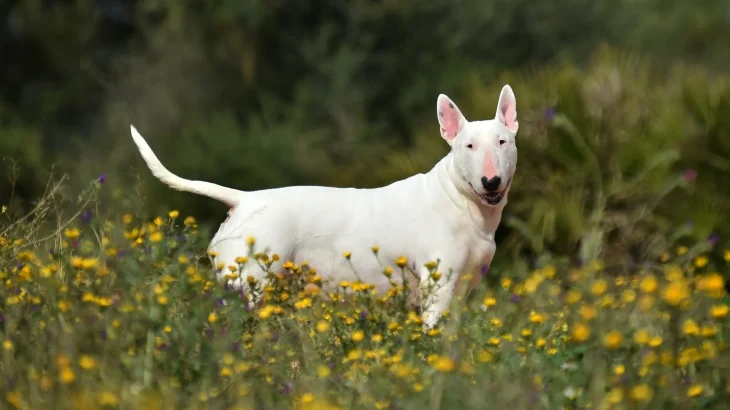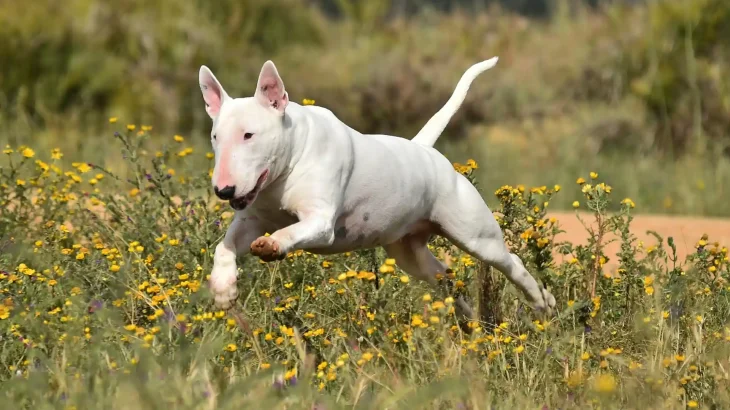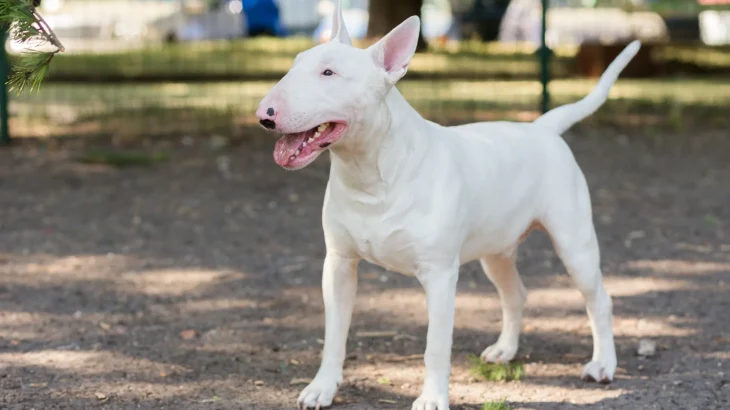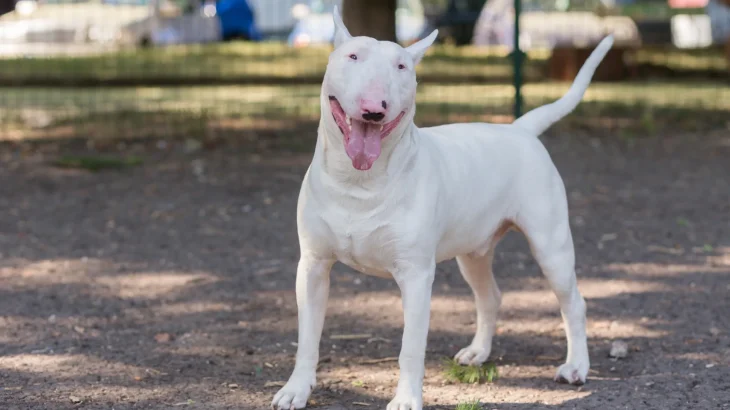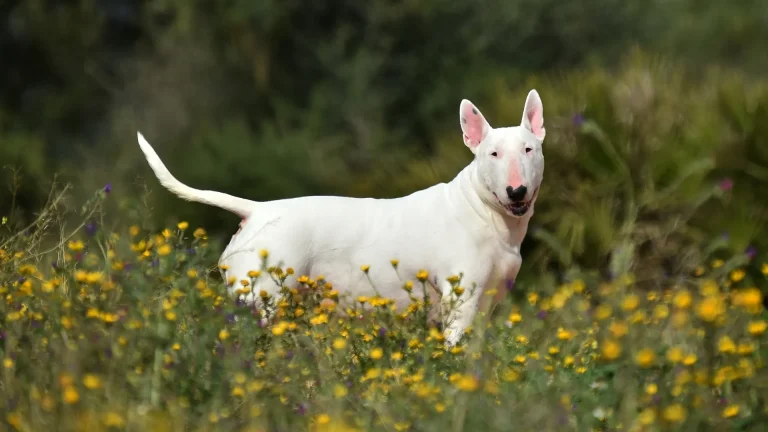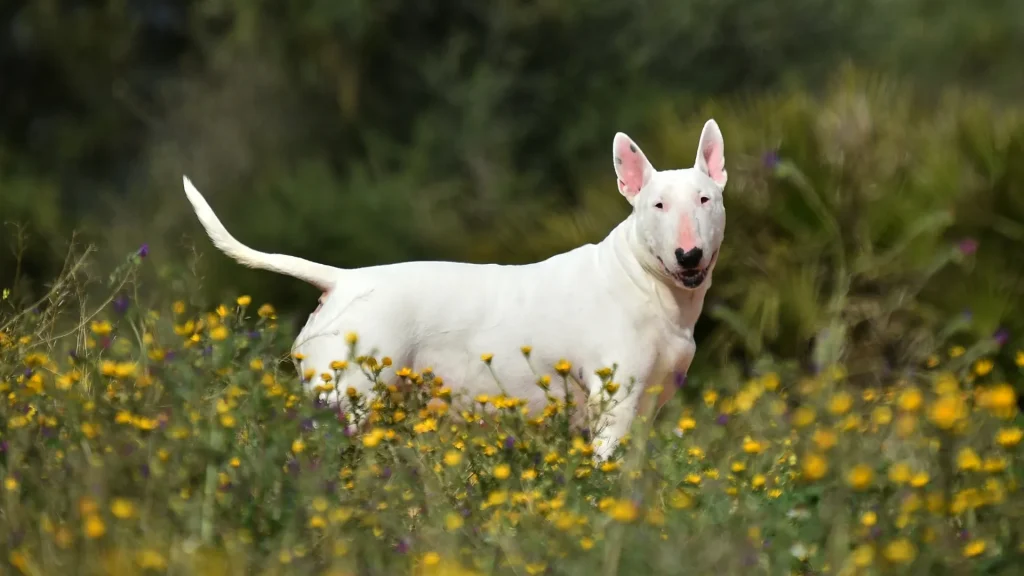Deciding whether to bring a Pakistani Bull Terrier puppy into your home through adoption or purchase involves weighing factors such as cost, health insights, and ethical considerations. While buying often ensures known lineage and health history, adoption provides a chance to offer a loving home to a dog in need, sometimes even a puppy. Both paths have unique benefits and challenges for this breed.
Adoption vs. Breeder: Pros & Cons
| Criteria | Buying from Breeder | Adopting from Shelter/Rescue |
|---|---|---|
| Cost | Higher upfront cost due to breed purity and pedigree. | Lower adoption fees, usually more affordable. |
| Health History | Breeders often provide detailed health records. | Health history may be limited but animals are generally vetted. |
| Age Availability | Primarily puppies, allowing early bonding and training. | Varied ages, including older dogs requiring different care. |
| Temperament Insight | Breeders provide lineage and temperament info. | Shelter staff offer behaviour observations; history might be unknown. |
| Ethical Considerations | Supports breed preservation if breeding is ethical. | Reduces homeless dog populations; supports animal welfare. |
| Legal Documentation | Includes official papers verifying breed and ownership. | May lack pedigree documents but legal adoption papers provided. |

